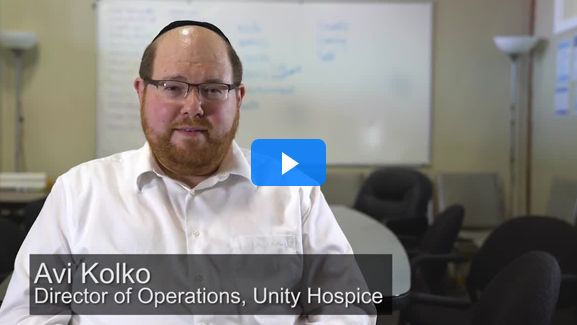
Unity Hospice Upgrades From
Outdated Asset Tracking Methods,
Saves Hundreds Of Hours Per Month

Industry
Healthcare

Location
Midwest Region, USA

Customer Since
2017

Fixed asset tracking

Custom user roles

Check-out and returns

Barcode scanning

Maintenance tracking
Summary
Unity Hospice routinely uses, distributes, and transfers thousands of pieces of medical equipment across not just three different states, but also across four warehouses, various nursing facilities, and the private homes of patients. Before July 2016, Unity’s medical equipment department wasn’t using any single, central solution to keep track of all these assets, and was instead swapping between paper records, Excel spreadsheets, and even a Unix system.
For a while, these methods seemed to work. But soon enough, Director of Operations Avi Kolko knew things would have to change.
Kolko said that Unity’s asset tracking problems were causing equipment to go missing. “Before we started using Asset Panda, we were losing equipment,” Kolko said. “We simply didn’t know where our equipment was, and we didn’t have an accurate picture of the status or location of our equipment.”
Of course, not knowing the status or location of medical equipment can cause incredible problems not just for the healthcare provider, but also for the patients it’s supposed to be serving. Kolko was very aware of the potential liability and legal issues which Unity could face if his company was unable to properly maintain and track all the medical equipment in its warehouses and out in the field, not to mention Unity’s inability to provide quality care and support to its patients. As such, Kolko and his Unity teammates decided it was time to look for a new asset tracking solution.
So basically we had four warehouses that used very old, outdated systems that didn’t work for us. We had no accurate or timely picture of where our equipment was. We had no clue if our equipment was in the warehouse, was being delivered, [was] with a patient, [or if it] had it been discarded.
Avi Kolko
Director of Operations
